How To Grow Roma Tomatoes
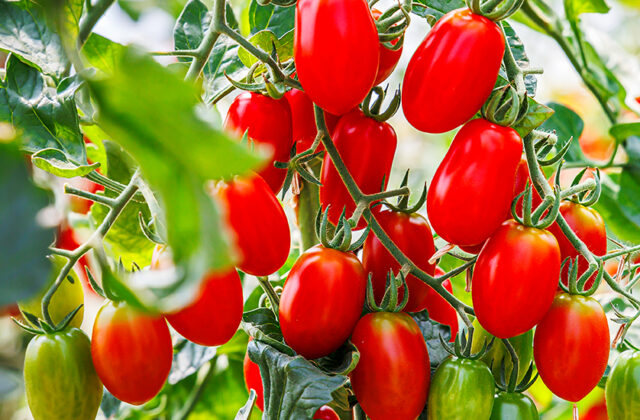
Introduction
Solanum lycopersicum, the scientific name for Roma tomatoes, also goes by the names plum tomatoes or paste tomatoes. They stand out as a distinctive cultivar celebrated for its firm texture, low moisture content, and rich flavor profile. These tomatoes, with their elongated and oblong shape, have become a kitchen staple, especially prized for their excellent culinary applications in sauces, salsas, and canning. Discovering how to grow Roma tomatoes begins with selecting quality seeds or seedlings. From selecting the right seeds or seedlings to creating an optimal environment with suitable soil, adequate watering, and proper sunlight exposure, this guide will walk you through the essential steps to ensure the thriving growth of Roma tomatoes in your own garden. Join us as we demystify the art of cultivating Roma tomatoes, providing insights and practical tips for a flourishing harvest of these delectable and versatile fruits.
Different Varieties of Tomatoes
Cherry Tomatoes
Small, vibrant, and bursting with sweet flavor, these bite-sized gems are perfect for salads, snacks, and vibrant culinary creations.
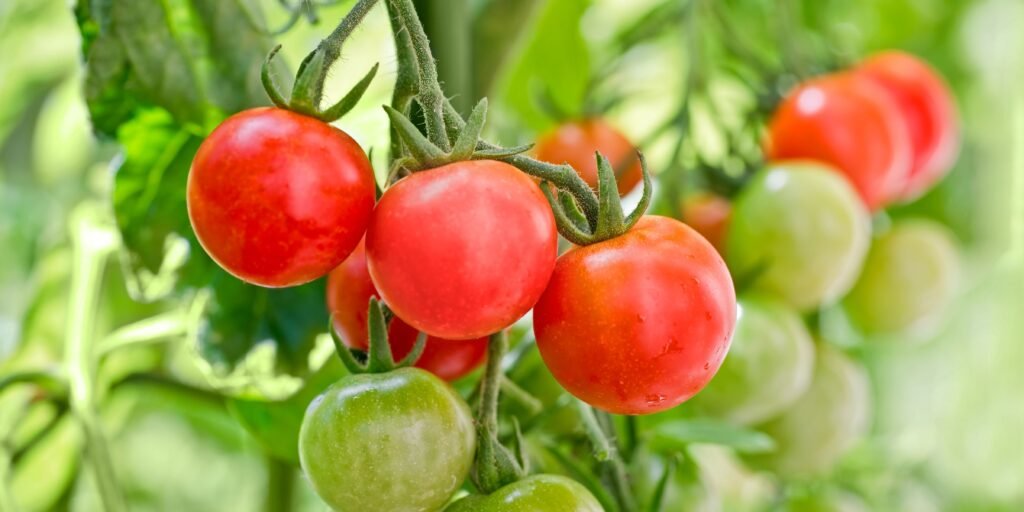
Roma Tomatoes
Firm, oblong, and low in moisture, these versatile tomatoes are ideal for sauces and canning. With rich flavor and meaty texture, they’re a culinary staple.
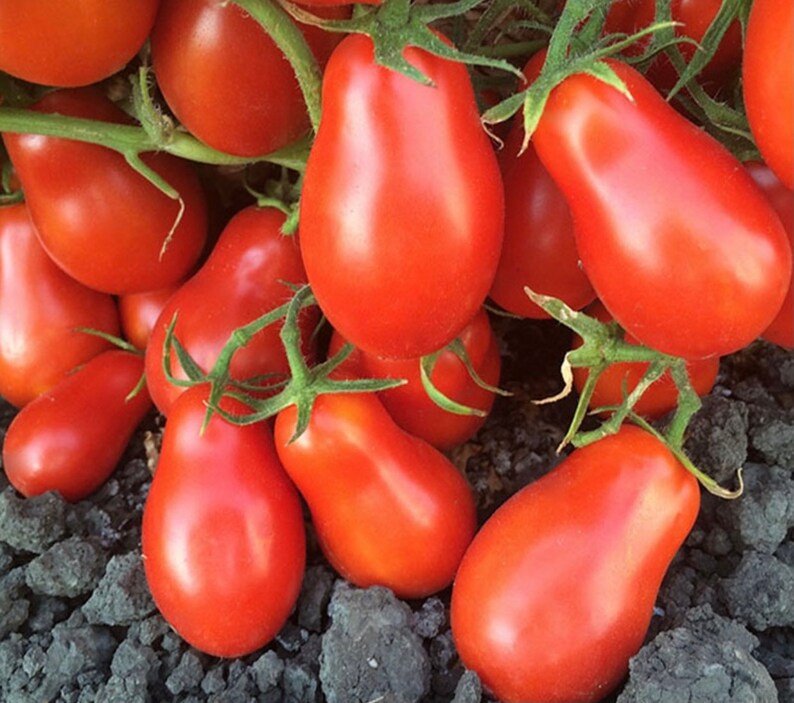
Beefsteak Tomatoes
Robust, meaty, and large, these flavorful tomatoes are perfect for slicing on sandwiches or burgers. Their size and rich taste make them a culinary favorite.

Heirloom Tomatoes
Unique, rich in color and flavor, these non-hybrid varieties are passed down through generations. From Cherokee Purple to Black Krim, they bring diversity to the garden and a taste of tradition to the table.
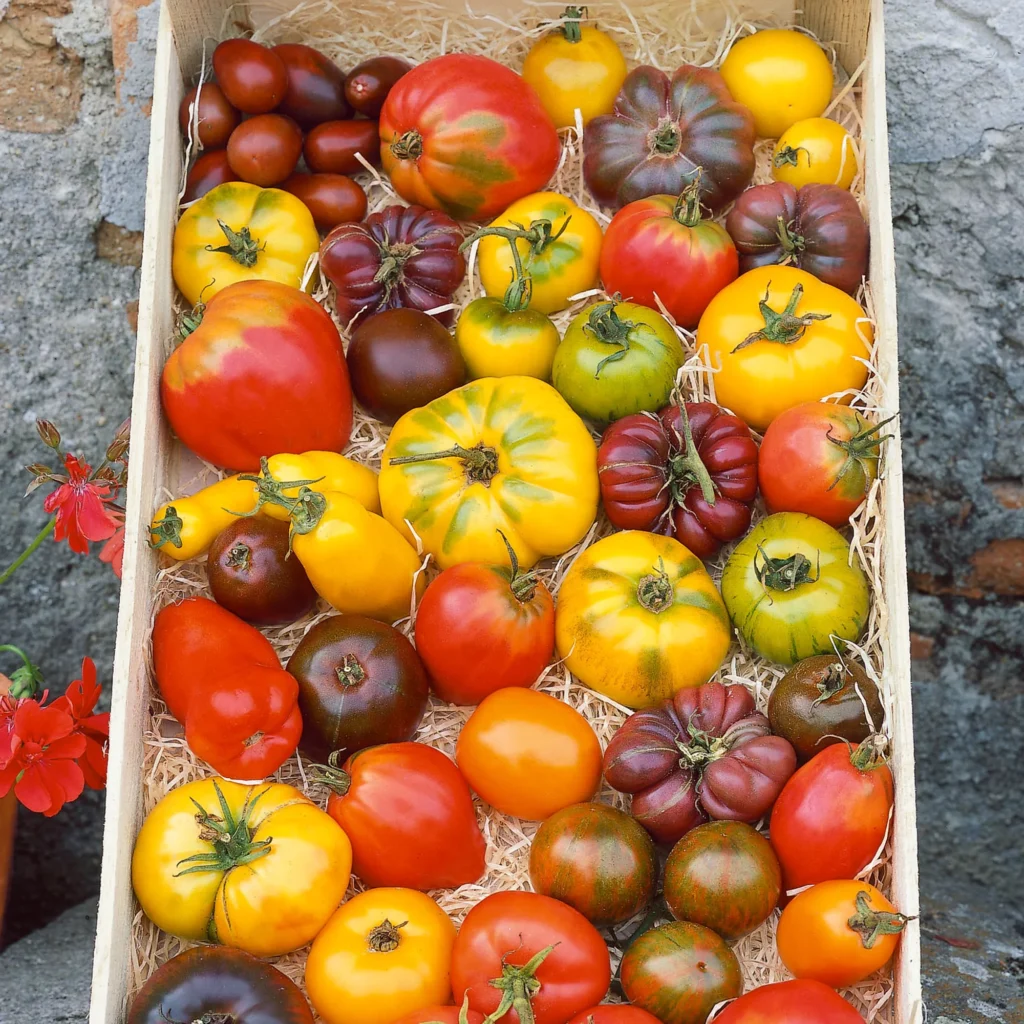
Grape Tomatoes
Small, oblong, and irresistibly sweet, these bite-sized wonders are perfect for snacking, salads, and vibrant culinary presentations.
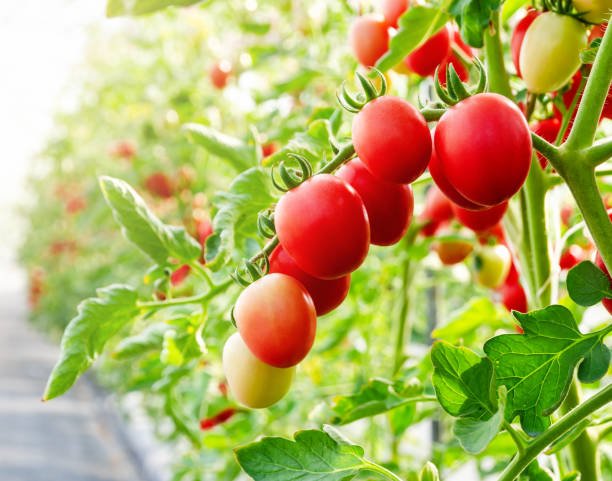
Campari Tomatoes
Round, juicy, and bursting with sweetness, these vine-ripened tomatoes are known for their exceptional flavor. Ideal for salads and fresh culinary creations.
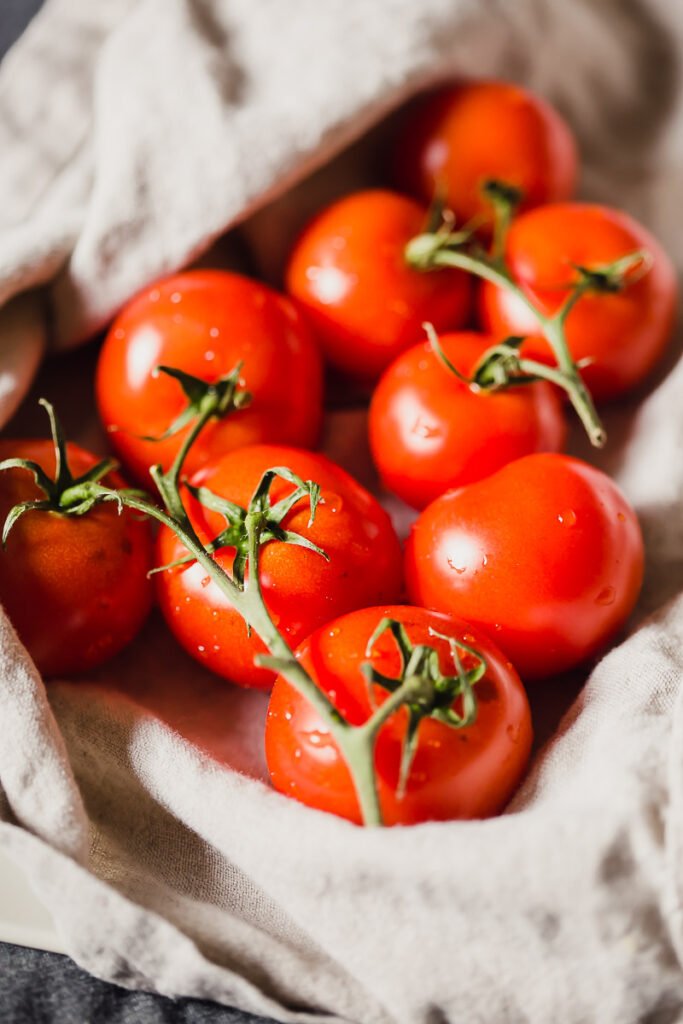
Green Tomatoes
Unripe and firm, these tangy fruits add a unique twist to dishes. Whether fried or pickled, they bring a distinct flavor to culinary explorations.
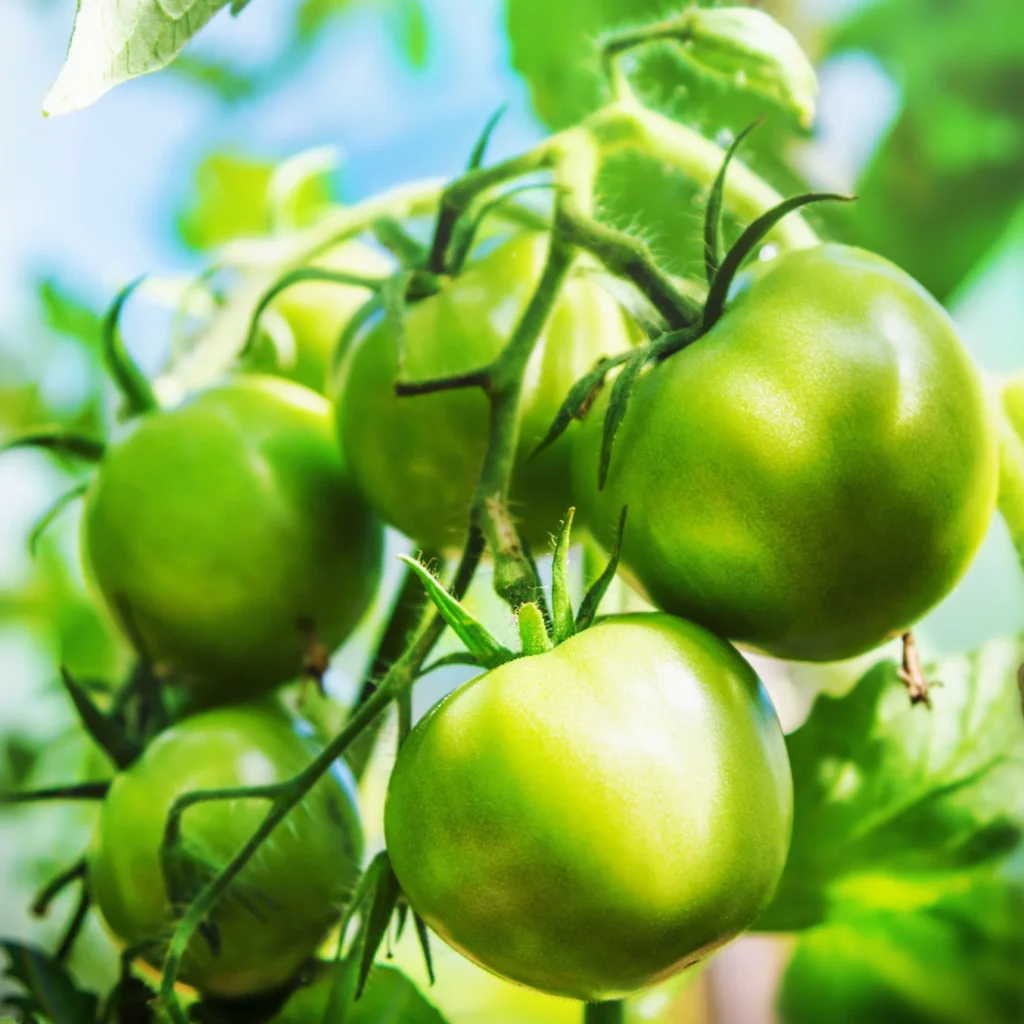
Plum Tomatoes
Elongated and meaty, these low-seed tomatoes are perfect for sauces and pastes. With a classic oval shape, they offer robust flavor for culinary excellence.
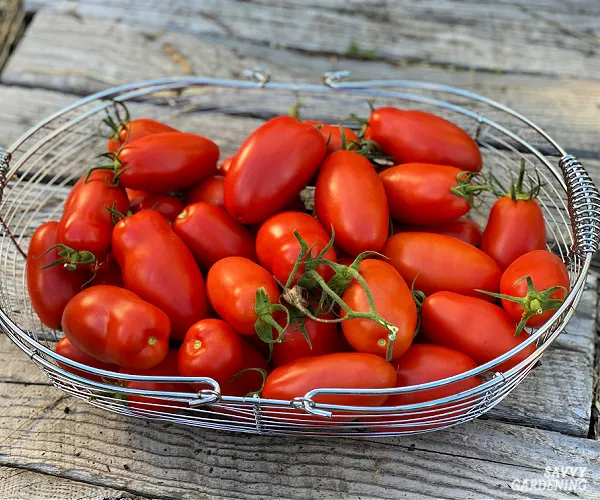
Yellow Tomatoes
Vibrant and mild, these golden-hued tomatoes add a sunny touch to dishes. From Lemon Boy to Taxi, they bring a mellow sweetness to salads and sauces.
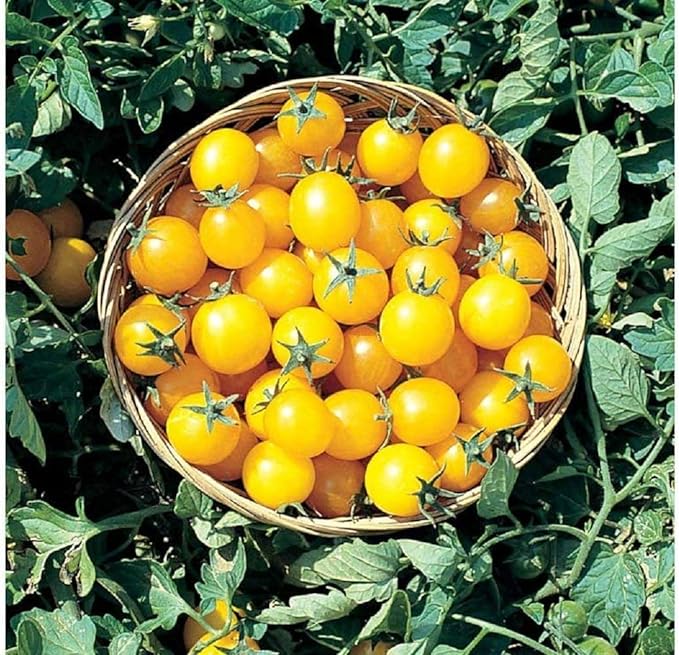
Indigo Tomatoes
Strikingly dark and rich in antioxidants, these unique varieties, like Indigo Rose and Blue Beauty, offer a visually stunning and healthful addition to salads and culinary creations.

When considering how to grow Roma tomatoes or any other type, tailor cultivation practices based on the specific needs of each variety to ensure a thriving and abundant harvest.
Cultivating Roma Tomatoes: A Step-by-Step Guide
Whether you’re a seasoned gardener or a novice, cultivating these versatile tomatoes can be a rewarding experience. In this guide, we’ll delve into the step-by-step process of how to grow Roma tomatoes, ensuring a bountiful harvest for your culinary delights.
Seed Germination or Plant Purchase
Cultivating Roma tomatoes offers two primary approaches. Discover how to grow Roma tomatoes from seeds or young plants. Begin by germinating seeds in a heated propagator during late winter to early spring. Alternatively, opt for convenience by purchasing young, pre-grown plants.
Transplantation Process
Give your Roma tomatoes a head start by initiating indoor seed starting. Plant the seeds in seed trays or pots filled with a well-draining seed-starting mix approximately 8 weeks before the last expected frost.
Transplanting Seedlings
Once your seedlings or young plants are ready, initiate the transplantation process. Begin by transplanting them into larger pots, allowing ample space for robust root development. As they continue to grow, consider moving them into large individual pots, utilizing growing bags, or planting directly into the ground.
Structural Support and Training
Provide necessary structural support to your Roma tomato plants to guide their growth and prevent sprawling. Use stakes or cages and ensure proper training by tying in the plants as they mature.
Growing Medium Choices
Opt for a peat-free, multi-purpose compost when growing Roma tomatoes in pots. This choice provides essential nutrients and a balanced environment for the plants to thrive during their growth stages.
Proper Care Guidelines For Roma Tomatoes
Regular Watering
To ensure the health and productivity of Roma tomatoes, maintain a consistent and even supply of water. Insufficient watering can lead to fewer and smaller fruits, accompanied by nutrient deficiencies. On the other hand, excessive watering dilutes the flavor and prompts rapid fruit swelling, causing them to split—an open invitation to grey mold. To minimize the risk of diseases like tomato blight, it’s advisable to water in the morning or evening, directly onto the soil, avoiding splashing on the leaves.
Feeding for Optimal Growth
Achieve abundant and high-quality crops by implementing a strategic feeding regimen. Utilize a specialized tomato fertilizer, following the recommended application instructions. Initiate feeding when the first fruit trusses begin to form, ensuring a nutrient-rich environment for the development of robust and flavorful Roma tomatoes.
Optimal Locations for Growing Roma Tomatoes
Outdoor Cultivation
Choose a location with abundant sunlight and protection from the elements when growing Roma tomatoes outdoors. Ensure the spot is sheltered to shield the plants from adverse weather conditions.
Greenhouse or Polytunnel Cultivation
Alternatively, consider cultivating Roma tomatoes indoors within a greenhouse or polytunnel. These controlled environments provide ideal conditions for growth and protect the plants from external factors.
Ideal for Small Spaces
Roma tomatoes, characterized by their tall growth but relatively small spread, are particularly well-suited for cultivation in limited spaces. Their compact nature makes them an excellent choice for small gardens or confined areas.
Pruning Tips for Roma Tomatoes
Semi-Determinate Nature
Roma tomatoes, classified as semi-determinate or bushy varieties, typically do not require extensive pruning. Unlike indeterminate types, they naturally exhibit a more compact growth habit.
Minimal Pruning Philosophy
Embrace a philosophy of minimal pruning for ‘Roma’ tomatoes. Instead of significant cutting, focus on preserving the natural structure of the plant.
Regular Training and Tying
Implement a consistent routine of training and tying to provide necessary support and prevent the plant from developing into a tangled mass of stems. Gently guide the growing stems towards their supports and secure them to maintain an organized structure.
Invest In Support Structures
Ensure the success of your Roma tomato plants by investing in suitable support structures such as stakes or cages. These structures not only offer stability but also guide the growth of the plant, preventing tangling and promoting proper airflow and sunlight exposure.
Ongoing Growth Monitoring
Regularly monitor the growth of your Roma tomatoes, intervening as needed to redirect stems and maintain an organized and structured plant. This ongoing attention will prevent the plant from becoming overly dense and contribute to healthier growth.
Guarding Against Pests and Diseases in Roma Tomatoes
1. Common Threats to Tomatoes: Roma tomatoes, like their counterparts, are susceptible to various pests and diseases. While the right growing conditions can mitigate many issues, it’s essential to be vigilant.
2. Pests Under Cover: Aphids, whitefly, and red spider mites are common pests that tend to thrive under cover. Regular inspection is crucial to identify early signs of infestation, such as sticky honeydew or distorted leaves.
3. Early Intervention and Biological Controls: Act promptly at the first signs of pests. Implementing biological controls, such as introducing beneficial predators, is an effective and eco-friendly strategy. Companion planting with strong-smelling marigolds or basil can also deter pests.
4. Tackling Late Blight: Late blight, a fungal disease prevalent in wet, mild summers, poses a significant threat. Look out for black patches on leaves and stems, discolored fruits, and rapid rotting. Promptly remove and dispose of infected leaves and fruits to prevent the spread, avoiding composting to eliminate potential spores.
By adopting proactive measures and staying vigilant, you can protect your Roma tomatoes from potential pests and diseases, ensuring a healthy and productive harvest.
Conclusion
In conclusion, mastering how to grow Roma tomatoes is a rewarding journey that demands attention to detail and adherence to best practices. Whether you choose to sow seeds or start with young plants, understanding the intricacies of their growth is key. Transplanting, providing structural support, and selecting the right growing medium set the foundation for healthy development. Consistent watering, timely fertilization, and vigilance against pests and diseases ensure the vitality of your Roma tomato plants. By following these comprehensive guidelines on how to grow Roma tomatoes, you pave the way for a thriving garden and a fruitful harvest. The culmination of these efforts results in flavorful, high-quality tomatoes that are not only delicious but a testament to your successful cultivation of this versatile and beloved crop.

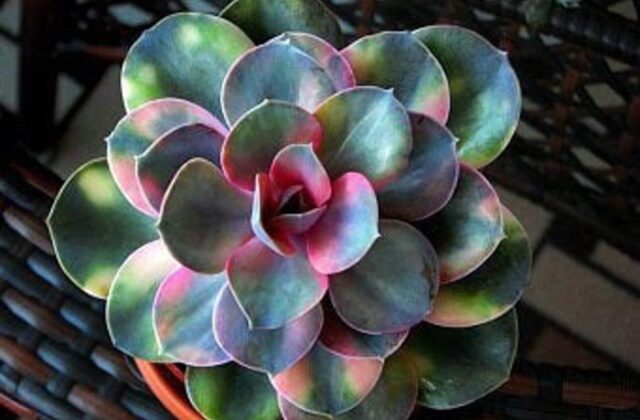
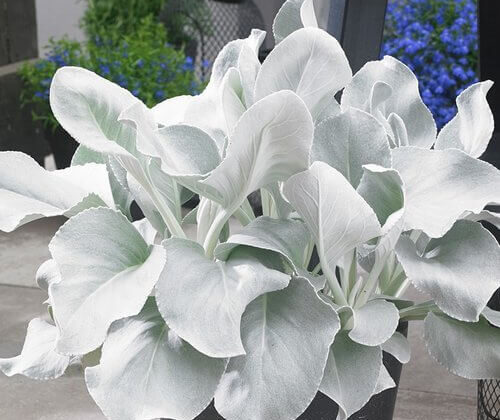
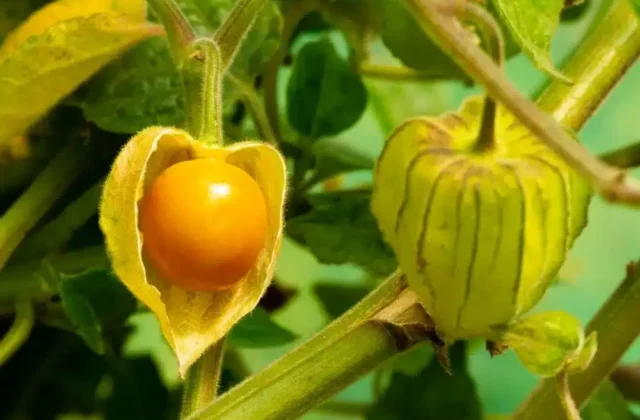


3 comments
Simply desire to say your article is as astounding.The clearness in your put up is simply great and that i can suppose
you are knowledyeable onn this subject. Well with your permission allow me to snatch
your RSS feed tto stay up to date with coming near near post.
Thanks one million and please carry on the gratifying work. https://waste-ndc.pro/community/profile/tressa79906983/
Thank you for your sharing. I am worried that I lack creative ideas. It is your article that makes me full of hope. Thank you. But, I have a question, can you help me?
Hey just wanted to give you a brief heads up andlet you know a few of the pictures aren’t loading properlyI’m not sure why but I think its a linking issueI’ve tried it in two different web browsers and both showthe same results